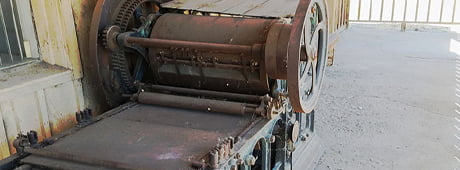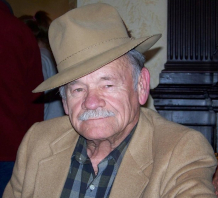No products in the cart.
Legends of the Cannon

Listen to the Roar
By John M. Larsen
We had been sent upstairs, where we lay on the floor in the shadows, peeking over the stairway as the men talked in the living room below. Ed Swinney and I, both aged nine in 1944, were not supposed to be listening but we couldn’t resist the temptation to eavesdrop on our fathers and their peers as they shared their trail exploits, as well as stories of atrocities in the historical struggles between pioneers and tribes that were not fit for the ears of children.
In the dimly lit room, the men told of horrible battles in the 19th Century, which led to the famous Owyhee County story of the lost cannon. One of the men, Bud Osbourne, claimed he had seen the pack howitzer (so called because it was relatively small and portable) near the Three Forks of the Owyhee River, a place of steep canyons with rocky embankments. He said the weapon was quite inaccessible, and the discussion turned to how to retrieve it. But no plan was formulated, and the talk moved on to other legends and mysteries of the Owyhees.
Over the years, the topic of the lost cannon would come up time and again: someone knew someone who knew where it was. The story of the brass cannon had arisen from a battle during the Snake Indian War, which ranged over southern Idaho and western Oregon from 1864 to 1868. The issue is somewhat clouded by the fact that there never were any “Snake” Indians. The tribes involved were Shoshone, Ute, Paiute Goshute, and Bannock. There actually were few major conflicts between pioneers and tribes prior to the 1860s, when gold was discovered in Owyhee County.
This content is available for purchase. Please select from available options.
Purchase Only
Purchase Only

